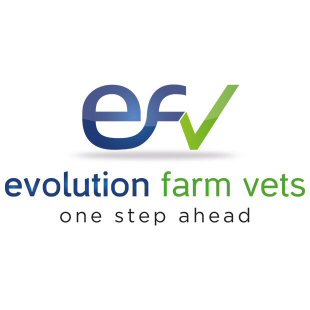The clostridial family of bacteria are varied and cause a variety of diseases as a result. One common feature is the rapid progression to death, which follows with all the diseases, with the exception of tetanus and botulism, which can affect animals for a couple of weeks before they finally succomb. Below are some notes of the clostridial diseases which affect the farm animal species, along with descriptions and comments.
Blackleg (in cattle and sheep)
Outbreak follows damage to muscles already infected with bacteria, which prompts replication of the Clostridium chauvoei and production of toxin. The muscle damage may be caused by fighting or handling, even if done carefully. The bacteria produce gas, and air pocketing under the skin, causing crackling when touched, is a common finding at post mortem.
See the Blackleg Disease Information Sheet
Malignant oedema or gas gangrene (in sheep, cattle and goats) or Big Head Disease (in rams)
Infection with Clostridium septicum occurs through a deep wound, usually a wildlife attack, although can be something as simple as an injection site. The site swells and there is a discharge. Death follows in 1-2 days. Cleaning the wound and giving antibiotics can be successful. In Big Head Disease the damage is usually through fighting.
Black disease (in sheep and cattle)
This is an infectious necrotic hepatitis (inflammation of the liver) usually following from damage to the liver caused by migrating liver fluke.
Pulpy kidney (in sheep, cattle and goats)
This one kills animals quickly. Young animals might only last 2-3 hours and adults are usually dead in 24 hours. The kidneys decompose particularly quickly after death, giving this disease its name, although the infection with Clostridium perfringens type D prior to death is through the whole abdominal cavity. In sheep the disease often affects multiple animals at once, whereas it appears more sporadic in cattle and goats.
Tetanus (thankfully uncommon in cattle, sheep and goats)
Infection with Clostridium tetani follows a penetrating wound - dog bites, shearing wounds, rubber castration rings, calving damage etc.
Botulism
This is the odd one out, from this family of diseases, as the bacteria themselves (Clostridium botulinum) do not normally infect the animal. Instead, the bacteria form toxins which are ingested and cause a flaccid paralysis of the muscles. As such, it is not included in the protection from multivalent Clostridial vaccines. This disease is most common in areas of the world where carcases are accessible to live animals.
Prevention
With the exception of botulism, these diseases and the Clostridial causes are protected against by the use of a multivalent Clostridial vaccine. These offer good protection and are not expensive so represent good value for money. There is a stand-alone blackleg vaccine available, but given the recent case load we have seen, we would recommend the extra expense of the 10-in-1 vaccines.
